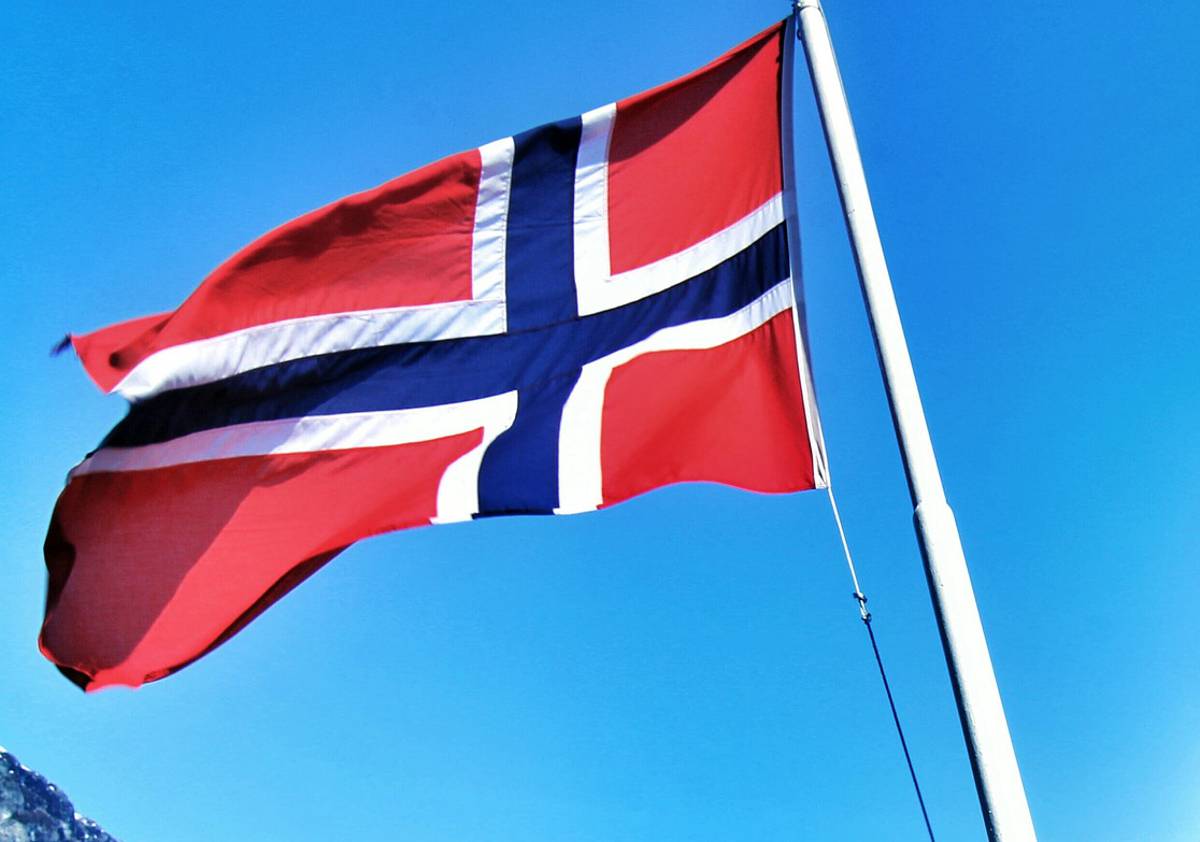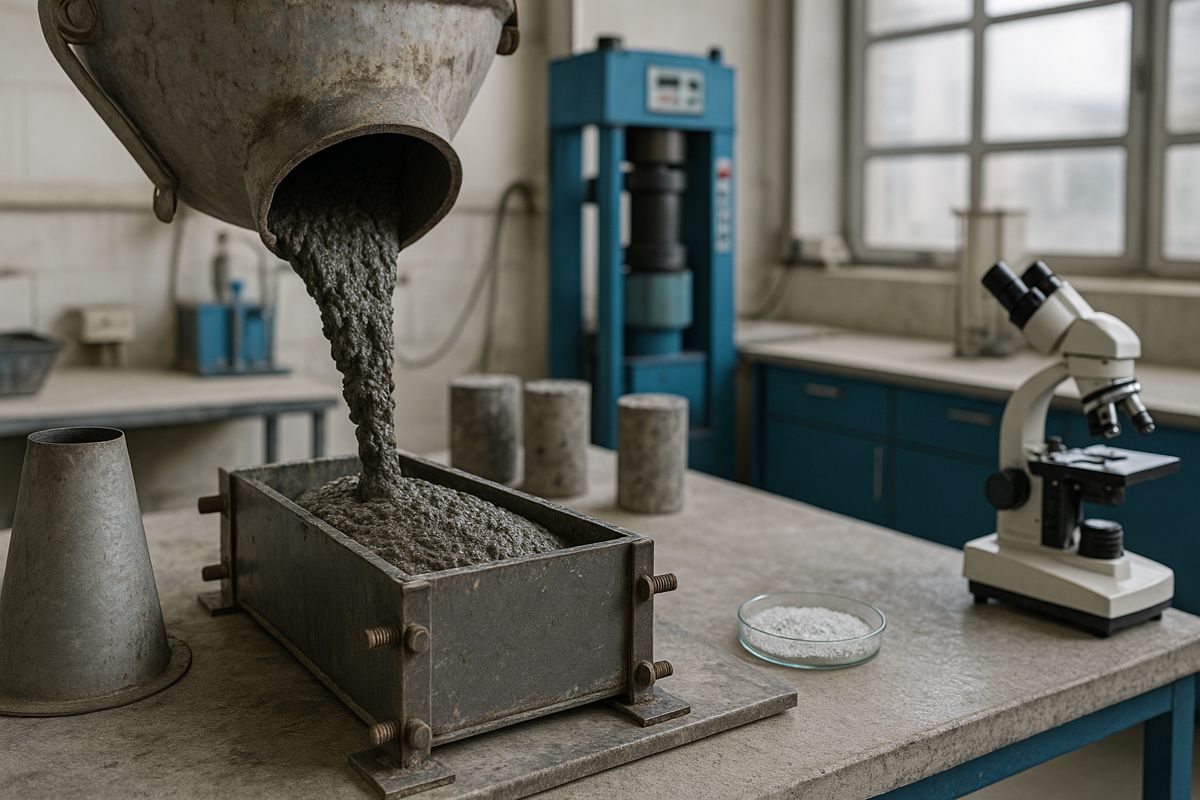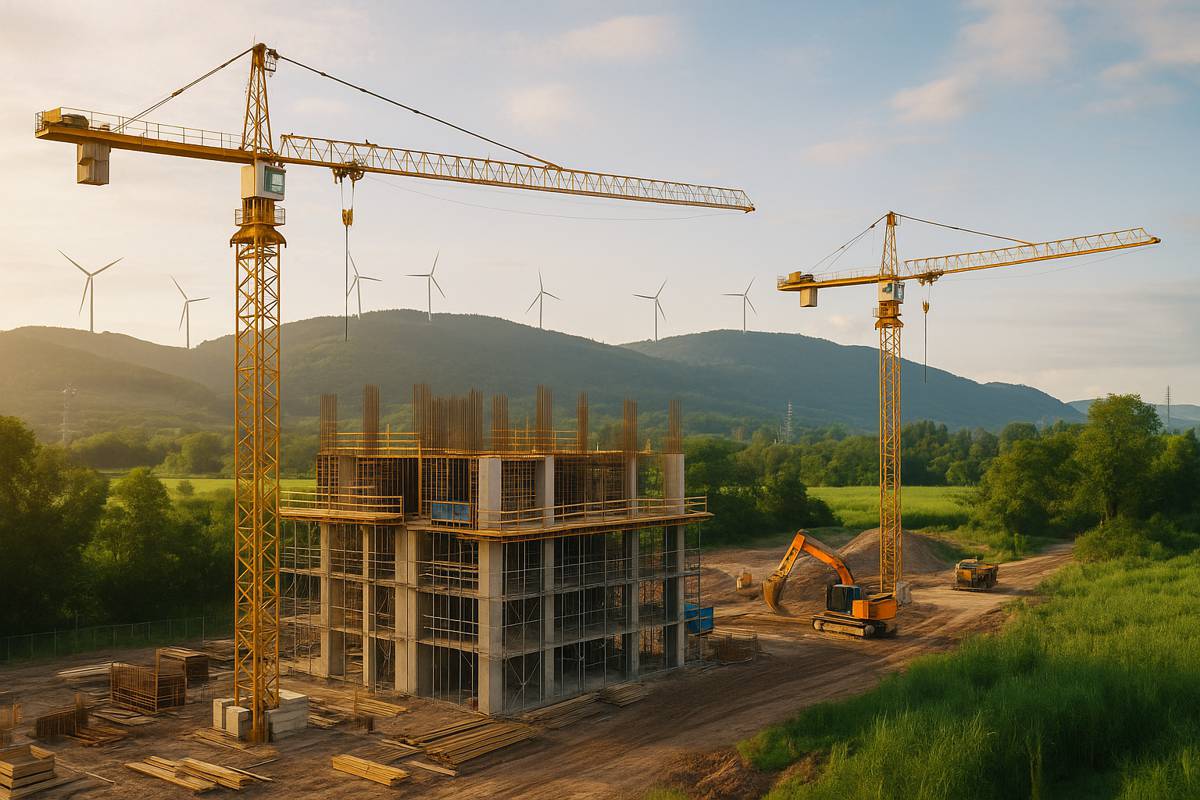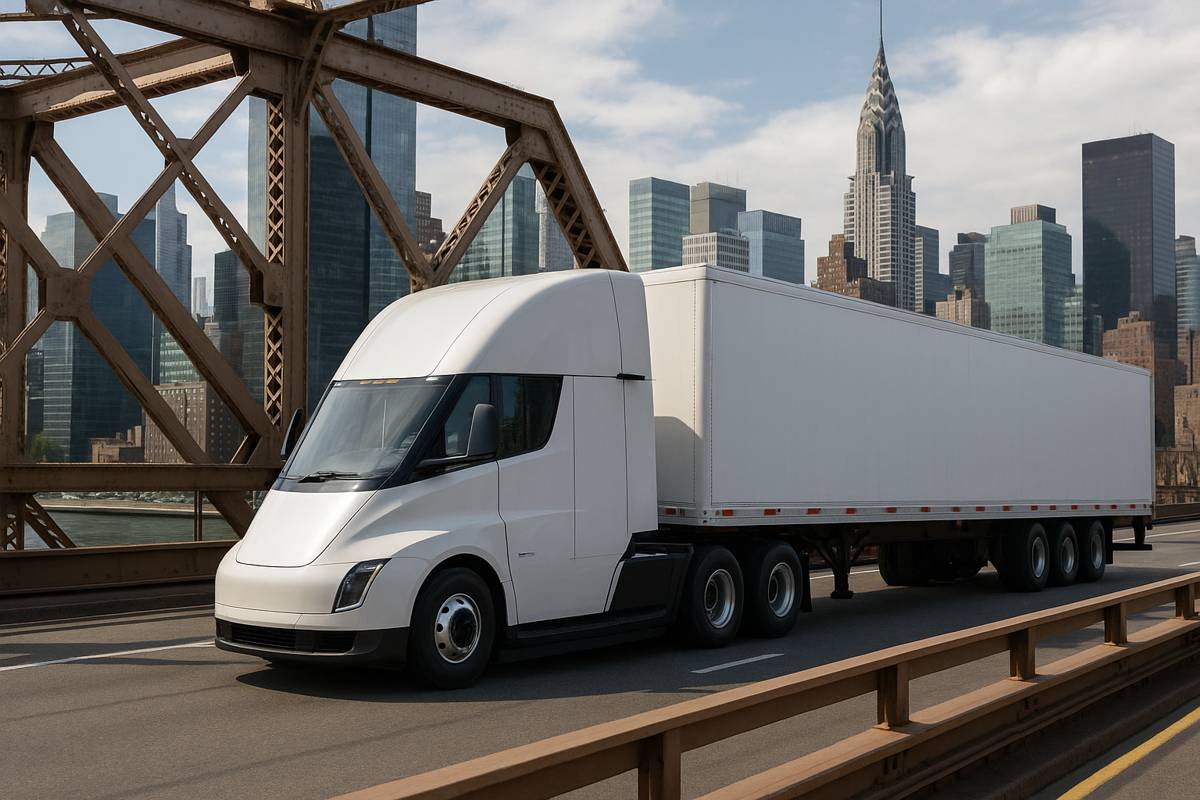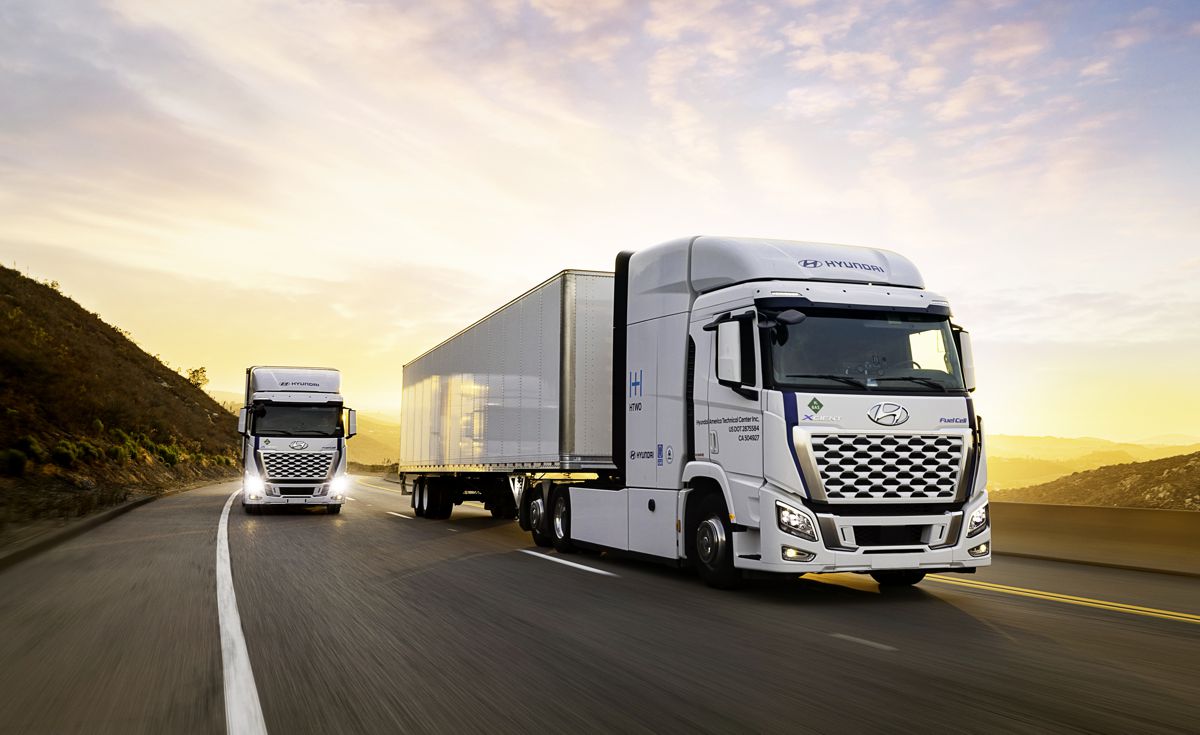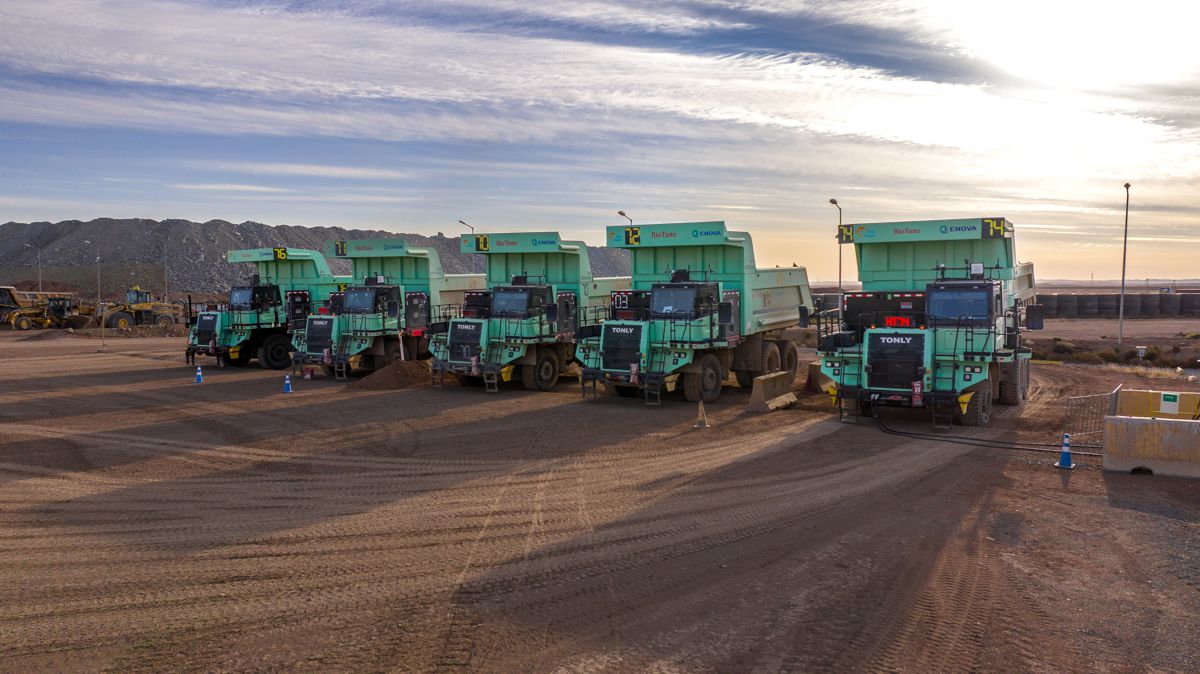Rio Tinto and Carbfix working on carbon capture and storage in Iceland
Rio Tinto and Carbfix are partnering to implement a technology for capturing carbon and permanently storing it underground at the ISAL aluminium smelter in Iceland.
Under a Memorandum of Understanding (MoU) for a strategic partnership, Carbfix will use Rio Tinto’s land surrounding the ISAL smelter for onshore CO2 injection in the world’s first carbon mineral storage hub, the Coda Terminal. Liquified CO2 will be imported by ship from industrial sites across North Europe for storage.
With safe and economic carbon storage at its doorstep, Rio Tinto views ISAL as an ideal site to become the first smelter where carbon capture and storage is implemented in the aluminium industry. The companies will work together to advance carbon capture solutions that are already being tested in production cells at ISAL, with the aim of using the Carbfix technology to further decarbonise the plant.
Carbfix CEO Edda Sif Aradottir said: “The world’s climate goals will not be met without large scale deployment of carbon capture and storage. Partnering with Rio Tinto will allow Carbfix to take a significant step forward in developing the world’s first carbon mineral storage hub, so our technology can make a sizeable contribution to global climate efforts.”
Rio Tinto Aluminium Chief Executive Ivan Vella said: “The innovative technology developed by Carbfix provides a pathway towards further decarbonisation of aluminium production at our ISAL smelter, which already produces low carbon aluminium using renewable energy. We will be working together to tackle the technical challenges to progress the carbon capture solution that we have begun trialling at ISAL. Beyond this, we will look for opportunities to apply Carbfix’s technology for decarbonisation across Rio Tinto’s operations, complementing other innovations such as our ELYSIS partnership for zero carbon aluminium smelting.”
All the IPCC pathways to 1.5°C require deep reductions in emissions and include carbon dioxide removals technologies. So while Rio Tinto is prioritising emissions reductions at mines and smelters, it is also exploring the potential role of carbon capture and mineralisation.
Carbfix plans to drill the first injection wells for the Coda Terminal in 2022, with shipments of CO2 starting in 2025.
The Carbfix technology rapidly transforms CO2 injected into geological formations to solid carbonate minerals by accelerating natural processes. The only feedstock used is water, electricity and favourable bedrock such as the basalts surrounding the ISAL site in Iceland.
Since 2014, Carbfix has captured more than 70,000 metric tonnes of carbon from a power plant in Iceland and permanently stored it. Recently, Carbfix commissioned the world’s largest direct air capture and CO2 storage system together with its partner Climeworks.








